Let’s Chat with Personalised Alphabet Cards
Last October, Sally Clendon and I ran a literacy course at Currumbin Community Special School. The school were fabulous hosts – and while we were there, we were able to see many of the great resources they use. One which particularly impressed us was their personalised alphabet cards. They credited me with this idea –

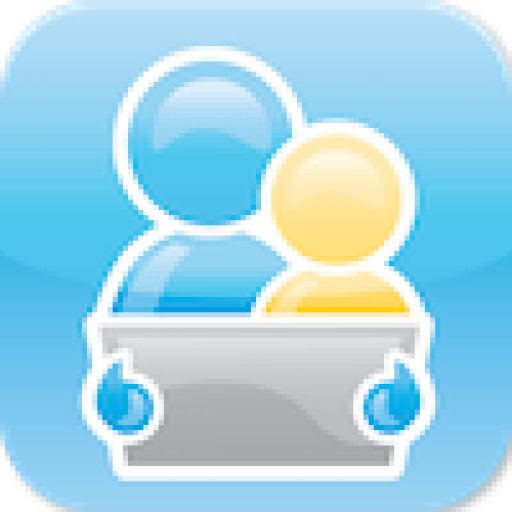
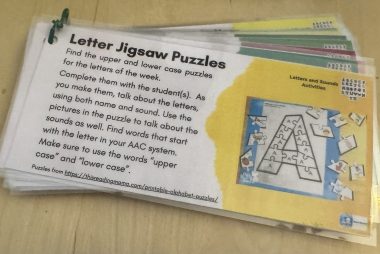

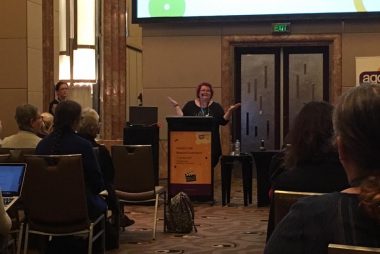
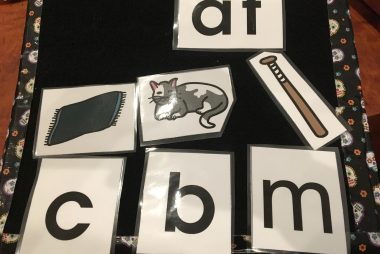
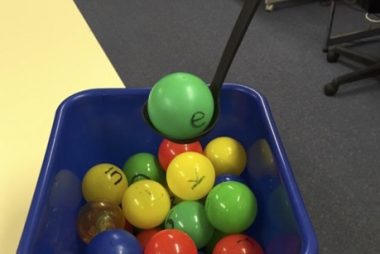
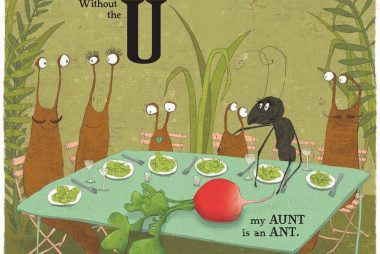
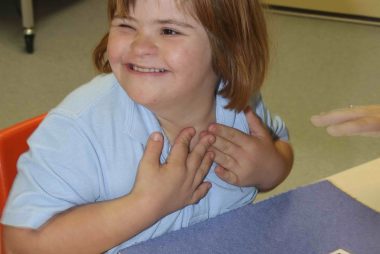
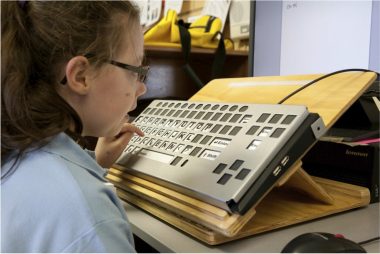

Teaching the Alphabet – With Variety
Many of us work with students who are just starting on their journey of learning the alphabet – or who are at different stages in learning the alphabet. Erickson and Koppenhaver (2019) identified 10 success factors that are important to be included in literacy instruction with students with significant disabilities. Number 3 on this list
Read More